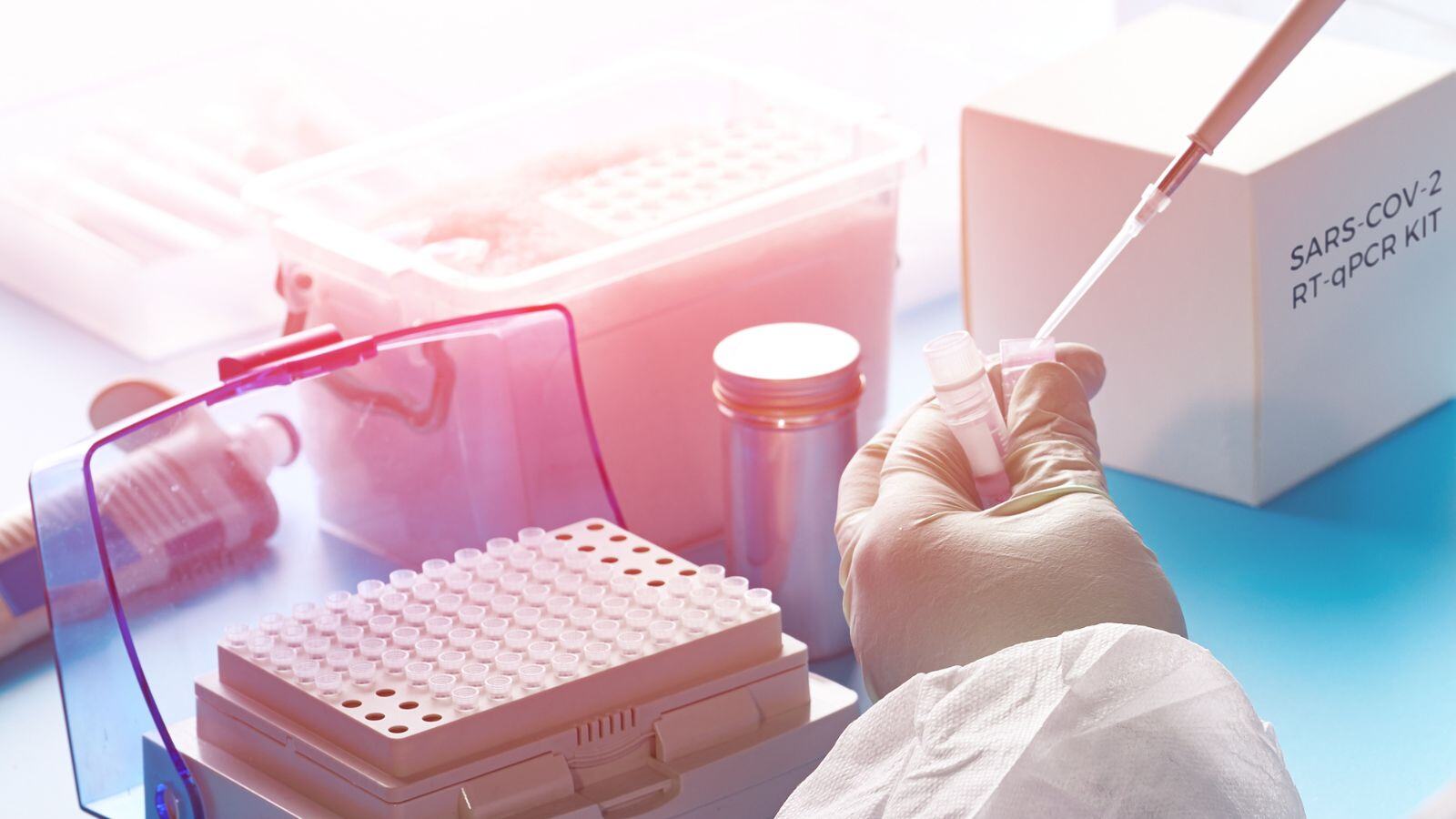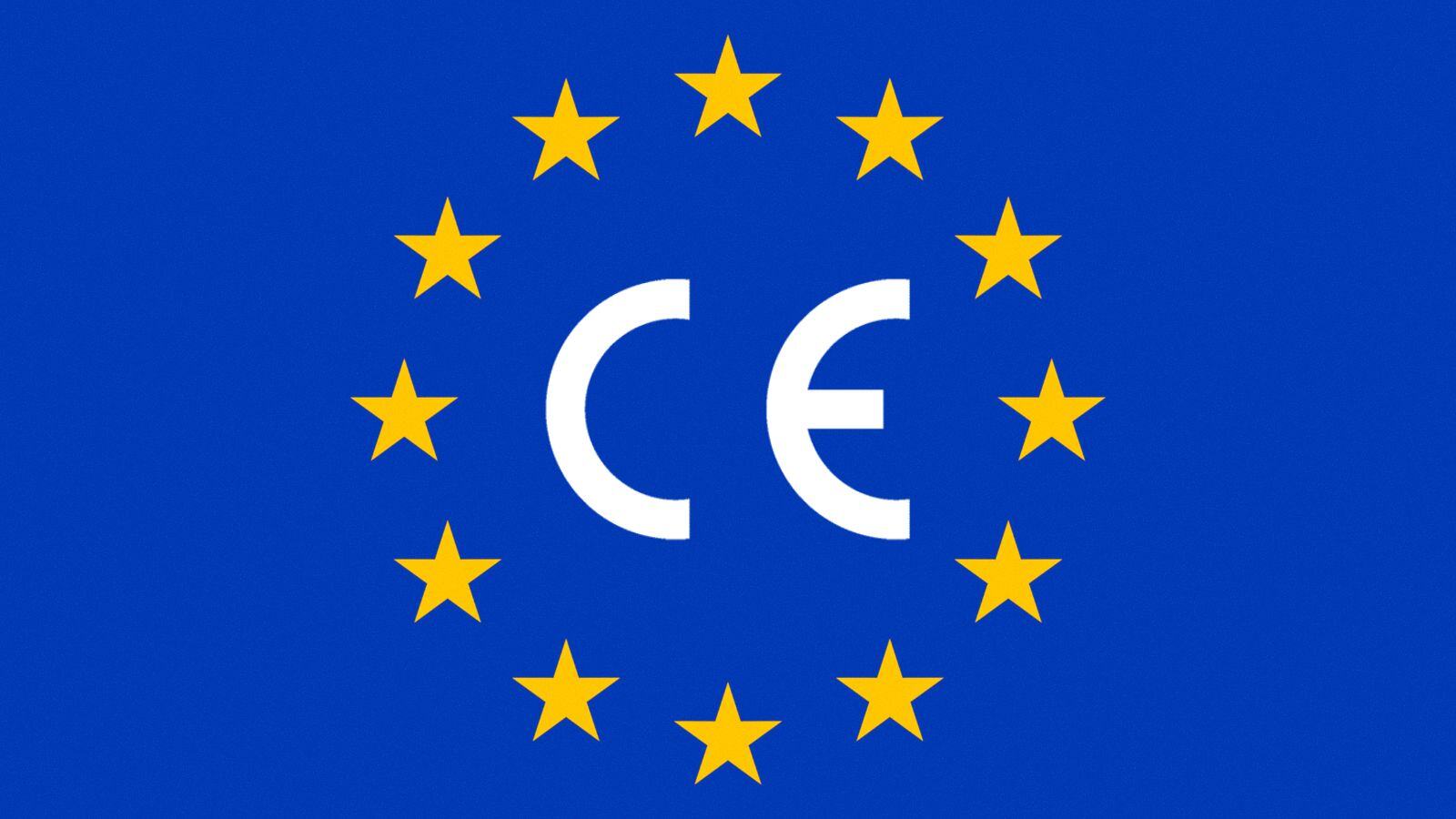Over the past few decades, the pharmaceutical industry has seen a dramatic shift in how regulatory submissions are handled. Gone are the days of bulky paper dossiers and late-night CD-burning sessions — electronic submissions are now the global standard. As the pace of digital transformation continues, keeping up with technical requirements and best practices for eCTD (electronic Common Technical Document) publishing has become increasingly important.
This blog offers a quick overview of how eCTD works, followed by 10 practical tips we’ve learned from hands-on experience. Whether you’re preparing your first sequence or looking to streamline your process, these insights can help you avoid common pitfalls and meet your submission deadlines with confidence.
History of eCTD Development
The Common Technical Document (CTD) format was developed by the International Council for Harmonisation (ICH) Multidisciplinary Group 4 Expert Working Group (ICH M4 EWG). The initial release for public consultation at step 2 of the ICH adoption process occurred in November 2000, prior to implementation at step 5 in 2002.
It has since been defined as an ICH standard, similar to MedDRA and ESTRI. This new dossier structure, comprising five modules, replaced the previous Part I and Part II formats and by 2003 had been adopted as mandatory or ‘strongly recommended’ for new applications in the EU, US and Japan.
The CTD format was further developed by ICH into an electronic format, or eCTD. The ICH M2 EWG was responsible for developing the initial specifications to further streamline and standardise the submission of regulatory information across different regions.
By the end of 2002, version 3 of the specifications had been finalised with broad uptake by regulatory agencies. Version 3.2.2 became the most current version, reaching step 4 of the ICH adoption process in 2008, and it is now the widely accepted global submission format.
How do eCTD submissions work?
Essentially, eCTD facilitates the submission of PDF documents organised in the CTD format and structure. Each submission or sequence uses the markup language XML, similar in nature to HTML, to provide a navigable file system that can be viewed in a web browser.
A mathematical algorithm – the MD5 checksum – is generated for each submission and is unique to the eCTD contents. Generation of the MD5 checksum is a standard operation that can be calculated with software used by both the sender and recipient of the eCTD sequence to confirm data integrity.
eCTD global adoption & version 4
Since 2002, eCTD has gradually been adopted as the primary means of submission and is now mandatory in all major regions. Although there has been little change in the technical specification at an ICH level since 2008, regional requirements for Module 1 have undergone regular minor updates.
The development of version 4.0 began with the formation of the ICH M8 EWG/IWG in November 2010. This version aimed to address the evolving needs of the industry and regulatory authorities.
The ICH Assembly endorsed the Step 4 ICH eCTD v4.0 Implementation Package in December 2015, and there have been further refinements to supporting information, with eCTD v4.0 Implementation Guide (v1.6) and Controlled Vocabulary Package (v1.0) endorsed by ICH in May 2024.
It is expected that eCTD 4.0 will be adopted globally over the next few years, and a future blog post will cover the key changes and improvements expected with the implementation of the new standard.
The eCTD has become the de facto standard for regulatory submissions in the pharmaceutical industry, facilitating a more efficient and harmonized process for submitting and reviewing regulatory information globally.
10 Tips for effective eCTD publishing
1. It starts with a plan!
Start planning your eCTD submission well in advance as part of the overall project plan. This includes using a content plan to map out submission requirements, ensuring all stakeholders are aware of their responsibilities for document authoring or review and the timelines and will avoid duplication of efforts.
2. Understand regulatory requirements
Understanding specific regulatory requirements in your target regions is essential. Effective regulatory intelligence and collaboration with local contacts can help identify nuances early on. Your eCTD software vendor should also meet regional technical specifications.
3. Invest in the right software
Robust eCTD publishing software that is easy to use and offers good technical support is a must – in the worst-case scenario of something going awry on deadline day, you want to be able to speak to someone to fix the issue. The software should also be capable of validating the sequence.
4. Validation
Use technical validation tools to check your eCTD submission for errors. For large submissions, this should be completed periodically to derisk those final review steps prior to submission when time is precious! For large submissions, you can always leave this running overnight. One of the best ways to reduce technical validation errors is to ensure high-quality documents are used for publishing.
5. Set document quality standards
Ensure consistent formatting, clear file naming, and proper content structure. Global templates and document style guides can streamline the process and reduce review time.
6. Train your team
Make sure everyone involved understands the publishing process, tools, and templates. Routine internal updates and hands-on training help teams stay aligned with current best practices and regulatory expectations.
7. Conduct internal QC reviews
Before finalizing your eCTD submission, conduct thorough internal reviews, for example, performing a QC of hyperlinks created during publishing. This helps to catch any errors or inconsistencies that might have been missed during initial preparation.
8. Update the content plan
As part of effective project governance, ensure the project plan and content plans are reviewed and updated regularly to identify any bottlenecks or where additional resources might be needed to help meet the submission deadlines. Ideally, you’ll have an internal deadline that is several days in advance of any agency-mandated deadline.
9. Backup your data
Even when using cloud-based systems, it is vital to have a disaster recovery plan in place as part of your overall IT risk assessment or quality management system. This will ensure you have a clear path to restore any files inadvertently lost or deleted via regular backups.
10. Debrief at the end
Getting feedback from all stakeholders helps to identify areas for process improvement and develop better templates or tracking tools.
Quick recap: what makes eCTD publishing successful?
- Start planning early and involve all relevant stakeholders
- Stay up to date on regional regulatory requirements
- Use reliable, user-friendly publishing software
- Validate submissions early and often
- Apply consistent quality standards for all documents
- Train teams to follow best practices and templates
- Conduct thorough internal QC before final submission
- Keep your content plan flexible and updated
- Always have a backup plan for your files
- Debrief after submission to refine your process
Need support with your eCTD publishing?
Whether you’re tackling your first eCTD submission or looking to refine a well-established process, these tips are here to help you stay on track and avoid common pitfalls. Every organization approaches regulatory operations a little differently — some have no in-house expertise or publishing tools, while others just need an extra pair of hands during busy periods.
At QbD Group, our regulatory team has supported global submissions across regions like the EU, the UK, Switzerland, the US, and the Gulf states. So, if you ever need a soundboard, a flexible publishing partner, or full end-to-end support, we’re here to help.
Want to make sure your next submission runs smoothly?
Let’s talk about how we can support your regulatory operation on your terms.














%20Checklist.jpg)








.jpg)




.jpg)
.jpg)

.jpg)


.jpg)
.jpg)
.png)